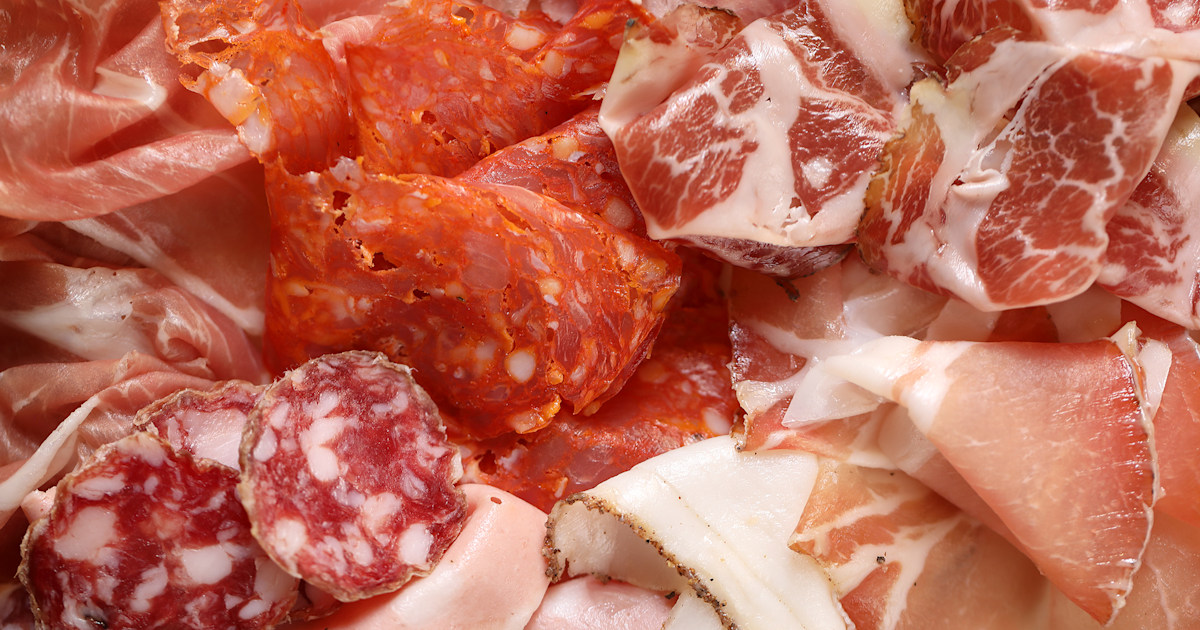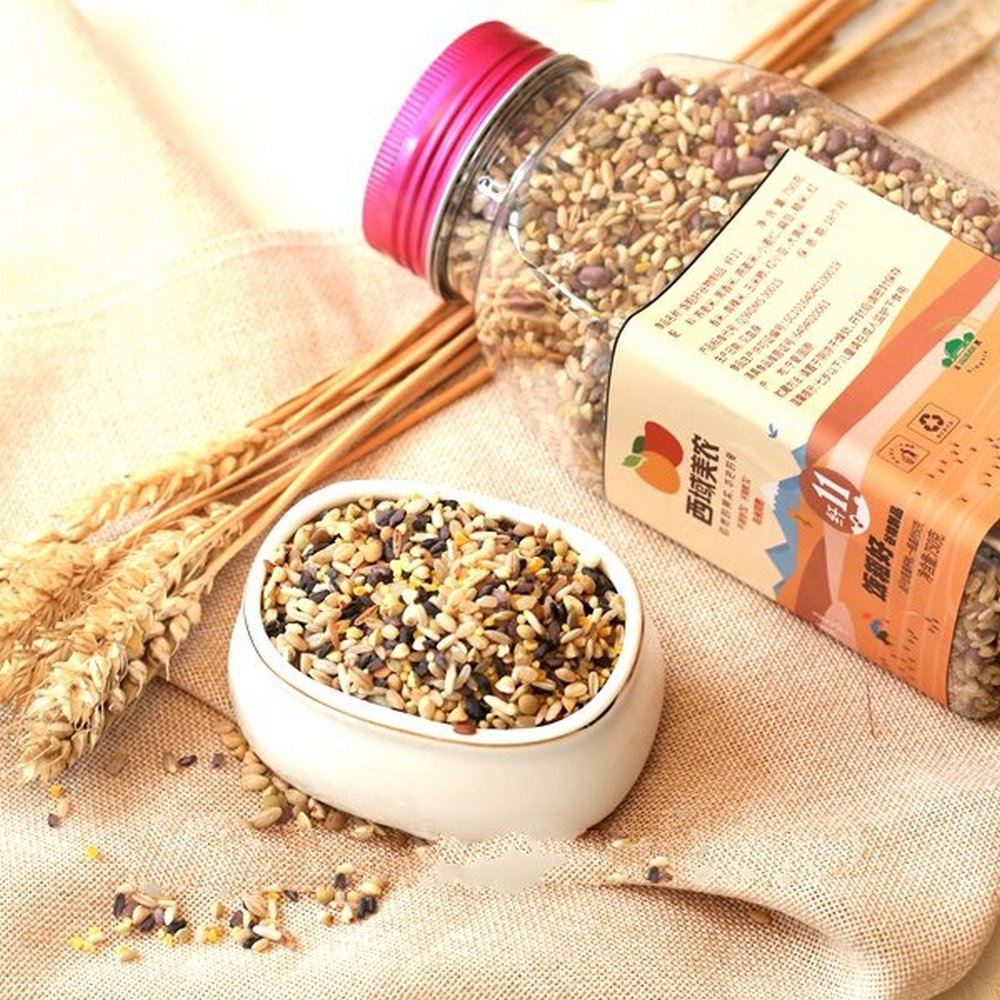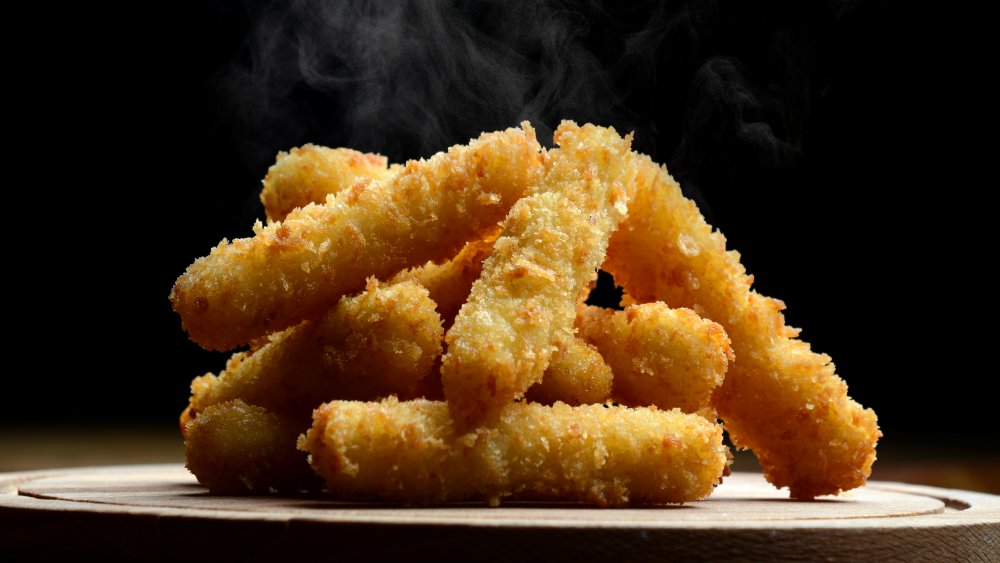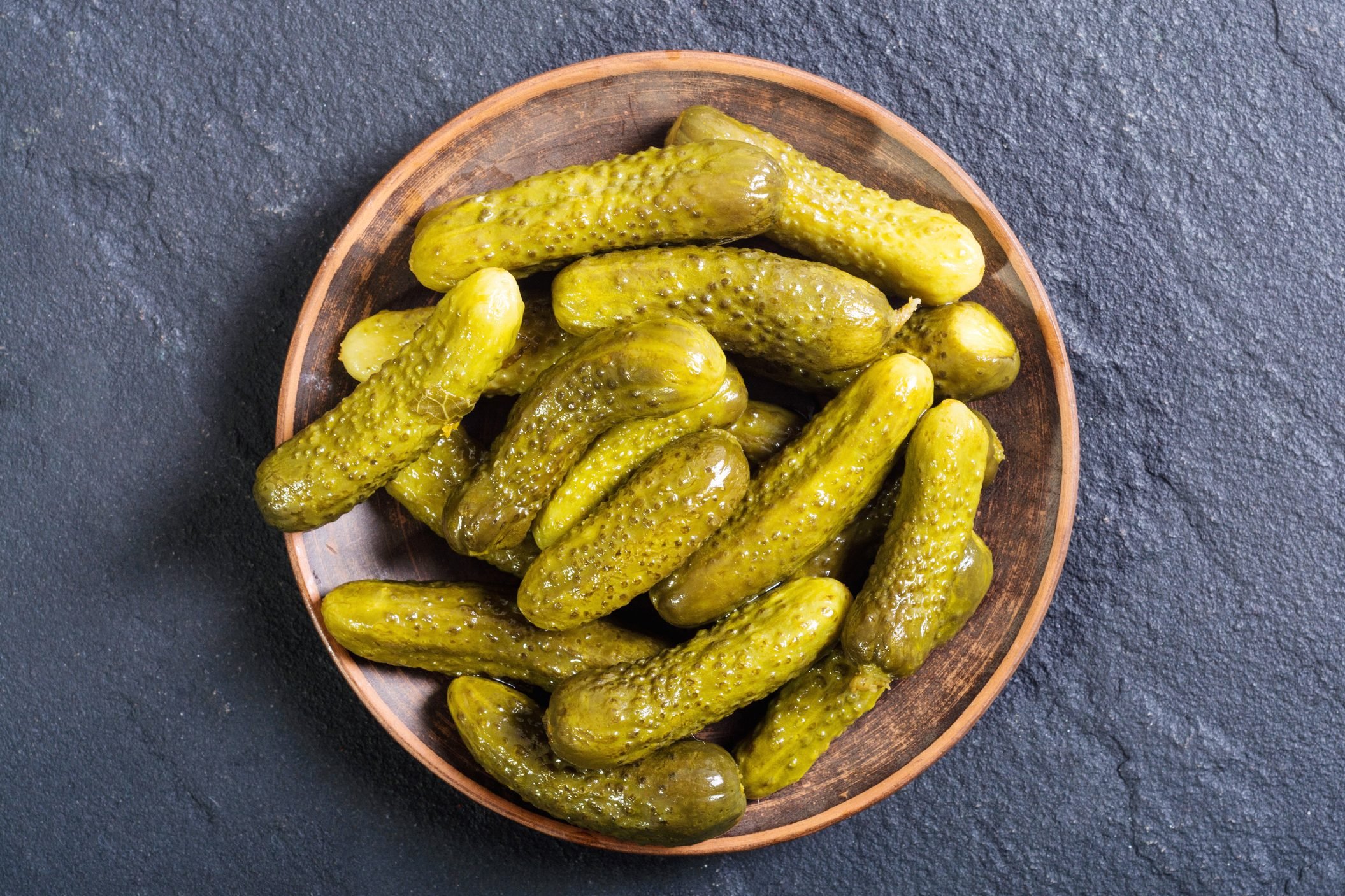The 2020-2025 Dietary Guidelines for Americans recommend eating no more than 2,300 mg of sodium per day, which is 1 teaspoon of salt. But, the American Heart Association has even stricter guidelines, recommending no more than 1,500 mg of sodium per day. The average American consumes 3,440 mg of sodium per day. Men consume more than women with an average of 4,240 mg of sodium per day compared to the average intake for women, which is 2,980 mg per day.
But don’t throw out the saltshaker just yet. Only 11% of sodium intake in the U.S. is from the salt used in the home. Most is from processed foods and eating out. Here are the biggest offenders.
Mixed Dishes

According to the Dietary Guidelines, 44% of the sodium that Americans consume comes from mixed dishes—21% from burgers and sandwiches, 7% from rice, pasta and grain dishes, 6% from pizza, 6% from meat, poultry and seafood dishes and 4% from soups.
Pizz
Two slices of cheese pizza can have more than 1,200 mg of sodium, nearly half the recommended daily max. Top your pizza with processed meats like pepperoni or sausage and you could be eating close to a day’s worth of sodium in one meal.
Red meat, processed meat and cold cuts

Speaking of processed meats, not only are they linked to a shorter lifespan, but they’re also one of the worst offenders for blood pressure and heart health, due to both sodium and saturated fat. Red and processed meats are the reason burgers and sandwiches top the list when it comes to sodium intake. These products can vary in sodium content, but here are some averages from the USDA database:
- 2 sausage links: 698 mg sodium
- 4 slices bacon: 660 mg sodium
- ½ cup pepperoni slices: 1,090 mg sodium
- 3 slices deli turkey: 783 mg sodium
Packaged grain mixes

Quinoa, brown rice and barley are heart-healthy grains packed with fiber and protein—but not if you buy them in a bag mixed with salty seasonings. Turn the bags over while shopping and check the nutrition label for sodium. Anything with a Daily Value of 20% or more is considered high in sodium. Choose products with a DV for sodium less than 20% when you can. The best option is to buy plain whole grains and season them yourself. Many brands and stores now carry shortcut options, like frozen brown rice and 10-minute barley, without added salt.
Canned soups

“Low sodium” or “no salt added” canned soups are the best options for healthy blood pressure. One can of minestrone soup can have over 1,500 mg sodium, more than the American Heart Association says you should consume in one day. One can of tomato soup typically has about 1,000 mg sodium.
Fast food

It’s no secret that traditional fast food chains like McDonald’s, Burger King and Wendy’s serve foods loaded with salt like burgers, chicken fingers and french fries. But seemingly healthy restaurant chains like Panera, Subway and Sweetgreen, for example, serve foods laden with sodium too. Any time you eat food prepared outside your home—whether it’s Panera, Chinese takeout or a fancy restaurant—you’re bound to consume more salt than you would if you made it yourself. Of course salt is added to make foods tastier, but also be aware that larger portion sizes when you eat out contribute to higher sodium counts. Since many fast food restaurants list the nutrition online, check the menu before you go to pick out a lower-sodium option that you can enjoy.
Fried foods

Fried foods are bad news for blood pressure. They are typically full of saturated fat and also often pack in the sodium. Opt for boiled, broiled or roasted (or try your air fryer) to lessen the pressure on your vessels and heart.
Frozen meals

Frozen dinners, even ones advertised as “healthy,” are a culprit for raising blood pressure. Check the nutrition label for a Daily Value of sodium less than 20% for the meal. Meals with meat and cheese are higher in sodium. If you want to stock your freezer, buy plain frozen fruits and vegetables, which are low in sodium, as well as other single-ingredient frozen foods.
Salty snacks
Think chips, nuts and popcorn. For healthy blood pressure, choose unsalted or reduced-sodium versions most of the time.
Pickles

While two pickle spears only have about 6 calories and no fat, they typically contain more than 700 mg sodium. That’s 30% of the recommended daily sodium limit and doesn’t include the high-sodium sandwich you may be having alongside. Eat pickles in moderation for healthy blood pressure.
Alcohol

While alcohol isn’t high in sodium, drinking too much alcohol over time is associated with high blood pressure. The Dietary Guidelines recommend men drink no more than two drinks per day and women drink no more than one drink per day. A drink is defined as 5 ounces of wine, 12 ounces of beer or 1.5 ounces of liquor. There is no reason to start drinking alcohol if you don’t currently drink.
Source: https://www.eatingwell.com









